In today’s connected world, a reliable and fast internet connection isn’t a luxury; it’s a necessity. From streaming 4K movies and competitive online gaming to remote work and smart home management, everything hinges on your home network. And at the heart of that network? Your router. But with so many options out there, how do you find the best home router for WiFi that perfectly fits your needs?
Don’t sweat it! We’ve done the digging for you. This comprehensive guide will walk you through the top 10 routers on the market, covering everything from cutting-edge Wi-Fi 7 marvels to budget-friendly powerhouses. We’ll break down their features, highlight their strengths and weaknesses, and give you a peek into what real users are saying. So, let’s get you set up with the perfect device to supercharge your wireless connection and conquer those frustrating dead spots!
Our Top 10 Picks for the Best Home Router for WiFi
1. TP-Link AX1800 WiFi 6 Router V4 (Archer AX21)

If you’re looking to jump into the world of Wi-Fi 6 without breaking the bank, the TP-Link Archer AX21 V4 is a fantastic starting point. This router stands out by offering robust Wi-Fi 6 performance combined with a built-in VPN server, a feature often reserved for more expensive models. It’s an ideal choice for households that want a significant upgrade from older Wi-Fi standards, providing faster speeds and greater capacity for multiple devices, all while keeping your connection secure and private.
- Key Features:
- Supports OpenVPN and PPTP VPN Server.
- Dual-Band WiFi 6 (802.11ax) technology for faster speeds and reduced congestion.
- AX1800 total bandwidth (1200 Mbps on 5 GHz, 574 Mbps on 2.4 GHz).
- OFDMA technology connects more devices simultaneously.
- Extensive coverage with Beamforming, 4 high-gain antennas, and FEM chipset.
- CISA Secure-by-Design pledge signatory for cybersecurity.
- Works with all major internet service providers (ISPs).
- Pros:
- Excellent value for a Wi-Fi 6 router.
- Integrated VPN server enhances privacy and security.
- Good coverage for medium-sized homes.
- Easy setup and reliable performance.
- Cons:
- Not the fastest Wi-Fi 6 model available.
- Dual-band only, no 6 GHz band.
- User Impressions: Customers frequently praise the Archer AX21 for its straightforward setup and noticeable speed improvements over their old routers, often highlighting the consistent performance and VPN functionality as major pluses.
See it on Amazon Here
2. TP-Link AXE5400 Tri-Band WiFi 6E Router (Archer AXE75)

Ready for the ultimate in wireless performance? The TP-Link Archer AXE75 unleashes the power of WiFi 6E, introducing the brand-new 6 GHz band. This tri-band router is a game-changer for homes with many high-bandwidth devices, offering a dedicated, uncongested superhighway for the fastest possible connections. If you’re into serious gaming, 4K/8K streaming, or have multiple users simultaneously pushing your network to its limits, the AXE75 is designed to keep everything running buttery smooth.
- Key Features:
- Tri-Band WiFi 6E with up to 5400 Mbps (2402 Mbps on 6 GHz, 2402 Mbps on 5 GHz, 574 Mbps on 2.4 GHz).
- 6 GHz band for more bandwidth, faster speeds, and near-zero latency.
- True Tri-Band and OFDMA technology for 4x increased capacity.
- 1.7 GHz Quad-Core CPU and 512 MB High-Speed Memory for better processing.
- OneMesh Supported for seamless whole-home coverage with compatible extenders.
- VPN Server and Client (OpenVPN/PPTP/L2TP) support.
- TP-Link HomeShield for comprehensive network and IoT protection.
- Pros:
- Future-proof with WiFi 6E and the 6 GHz band.
- Exceptional performance for multiple demanding devices.
- Powerful processor handles heavy network traffic effortlessly.
- Robust security features with HomeShield.
- Cons:
- Higher price point due to advanced technology.
- Only WiFi 6E-compatible devices can utilize the 6 GHz band.
- User Impressions: Users rave about the significant speed boost and reduced latency, especially with newer devices. The easy setup and the stable connection across multiple bands are often highlighted as standout features for this powerful best home router for WiFi.
See it on Amazon Here
3. TP-Link Dual-Band AX3000 Wi-Fi 6 Router (Archer AX55)

The TP-Link Archer AX55 strikes an excellent balance between performance and value, offering strong Wi-Fi 6 capabilities for a modern connected home. This dual-band router shines with its next-gen Gigabit speeds, making it perfect for smooth gaming, video streaming, and live feeds. What truly sets it apart is its thoughtful design, including improved cooling for consistent performance and smart features like Alexa compatibility, integrating seamlessly into your smart home ecosystem.
- Key Features:
- Next-Gen Gigabit Wi-Fi 6 Speeds: 2402 Mbps on 5 GHz and 574 Mbps on 2.4 GHz.
- OFDMA technology for a more responsive experience with multiple clients.
- Expanded Wi-Fi coverage with 4 high-gain external antennas and Beamforming.
- Target Wake Time (TWT) improves device battery life.
- Improved cooling design prevents heat-ups and throttles.
- Compatible with Amazon Alexa for voice control.
- TP-Link HomeShield for network and IoT protection.
- Supports VPN server and VPN client.
- Pros:
- Fast and stable WiFi 6 performance.
- Excellent coverage for a dual-band router.
- Smart cooling design ensures longevity and consistent speed.
- Alexa compatibility adds convenience.
- Solid security features with HomeShield.
- Cons:
- Not a tri-band router.
- HomeShield Pro requires a paid subscription for full features.
- User Impressions: Many users appreciate the Archer AX55’s reliable performance and robust signal throughout their homes. The improved cooling and smart home integration are frequently mentioned as positive points, making it a reliable choice for everyday high-demand use.
See it on Amazon Here
4. TP-Link Archer BE6500 Dual-Band Wi-Fi 7 Router (Archer BE400)

Future-proofing your network starts here. The TP-Link Archer BE6500 is one of the pioneering Wi-Fi 7 routers, designed to handle the internet demands of tomorrow with cutting-edge Multi-Link Operation (MLO), Multi-RUs, and 4K-QAM technologies. This router isn’t just fast; it’s built for an era of 4K/8K streaming, AR/VR gaming, and an explosion of connected devices. If you want to be at the forefront of wireless technology and ensure your home network is ready for whatever comes next, the Archer BE6500 is your top pick.
- Key Features:
- Future-Ready Wi-Fi 7 with MLO, Multi-RUs, and 4K-QAM.
- 6-Stream, Dual-Band Wi-Fi with 6.5 Gbps total bandwidth (5764 Mbps on 5GHz, 688 Mbps on 2.4 GHz).
- Wide coverage (up to 2,400 sq. ft.) for up to 90 devices with 6 high-performance antennas and Beamforming.
- Ultra-Fast 2.5 Gbps wired performance with 1x 2.5 Gbps WAN/LAN port and 1x 2.5 Gbps LAN port.
- CISA Secure-by-Design pledge.
- EasyMesh compatible for seamless whole-home coverage.
- TP-Link HomeShield for comprehensive network protection.
- VPN Clients and Server supported.
- Pros:
- Unparalleled future-proofing with Wi-Fi 7.
- Incredibly high speeds and capacity for demanding tasks.
- Extensive coverage and support for a large number of devices.
- Multi-gig wired ports for ultra-fast internet and LAN connections.
- Advanced security and VPN support.
- Cons:
- Premium price point.
- Few client devices currently support Wi-Fi 7 to take full advantage.
- User Impressions: Early adopters are thrilled with the raw power and forward-thinking technology of the BE6500. While Wi-Fi 7 devices are still emerging, users appreciate the smooth performance and the confidence that their network is ready for the next generation of internet use.
See it on Amazon Here
5. NETGEAR 4-Stream WiFi 6 Router (R6700AX)

The NETGEAR R6700AX is a workhorse WiFi 6 router that delivers reliable performance without unnecessary frills. It’s designed for households that need solid, uninterrupted streaming, HD video gaming, and smooth web conferencing for a good number of devices. NETGEAR emphasizes security, ensuring that this router provides a safe foundation for your online activities right out of the box. If you’re seeking a dependable and secure upgrade to Wi-Fi 6 for a mid-sized home, this is an excellent choice.
- Key Features:
- Coverage up to 1,500 sq. ft. for up to 20 devices.
- Fast AX1800 Gigabit speed with WiFi 6 technology.
- Built-in security measures and enhanced safety features.
- Compatible with any internet service provider up to 1 Gbps.
- 4 x 1 Gig Ethernet ports for wired devices.
- Pros:
- Solid and stable WiFi 6 performance for everyday tasks.
- Good coverage for average homes.
- Strong focus on built-in security.
- Reliable wired connections for gaming consoles or PCs.
- Cons:
- Limited to 4 streams, which might cap extreme performance.
- Doesn’t offer advanced features like Tri-band or 6 GHz.
- User Impressions: Users typically find the R6700AX easy to set up and appreciate its consistent performance. Many highlight it as a significant improvement over their older routers, providing a reliable and secure Wi-Fi 6 experience for a reasonable price.
See it on Amazon Here
6. Amazon eero 6 mesh wifi router

If you’re constantly battling dead spots or inconsistent WiFi coverage in your home, the Amazon eero 6 mesh router is your answer. This device revolutionizes how you think about home networking by offering seamless whole-home Wi-Fi 6 coverage through its TrueMesh technology. Beyond simply eliminating dead zones, the eero 6 also doubles as a built-in Zigbee smart home hub, elegantly connecting your compatible smart devices without needing separate hubs. It’s all about simplicity, reliability, and smart integration.
- Key Features:
- Whole-home Wi-Fi 6 coverage up to 1,500 sq. ft. (per unit) and speeds up to 900 Mbps.
- TrueMesh technology intelligently routes traffic to reduce drop-offs.
- Supports 75+ connected devices.
- Set up in minutes via the eero app.
- Built-in Zigbee smart home hub connects compatible devices with Alexa.
- Gets better over time with automatic updates.
- Easily expandable with cross-compatible eero products.
- Pros:
- Exceptional for eliminating WiFi dead spots and providing consistent coverage.
- Incredibly easy and intuitive setup process.
- Integrated smart home hub simplifies device management.
- Automatic updates ensure continuous security and feature enhancements.
- Highly scalable for homes of any size.
- Cons:
- Single unit coverage might be insufficient for very large homes, requiring additional units.
- Less customization for advanced networking users compared to traditional routers.
- User Impressions: The eero 6 consistently receives praise for its unparalleled ease of use and its ability to deliver stable, strong WiFi signal throughout the entire home. Users especially love the simple app management and the added benefit of the integrated smart home hub.
See it on Amazon Here
7. TP-Link AX5400 WiFi 6 Router (Archer AX73)

The TP-Link Archer AX73 is engineered for the ultimate 8K streaming experience, making it a standout choice for media enthusiasts and demanding users. This high-performance Wi-Fi 6 router boasts impressive speeds and an extensive coverage range, thanks to its sophisticated antenna array and high-power front-end module. It’s not just about raw speed; the AX73 also features an intelligent design with more vents to ensure optimal cooling, letting it unleash its full power without throttling. If you need robust, wide-reaching Gigabit WiFi for all your entertainment and productivity needs, the AX73 delivers.
- Key Features:
- Gigabit WiFi for 8K Streaming: Up to 5400 Mbps total WiFi speed.
- Full Featured WiFi 6 with 4T4R and HE160 technologies on the 5 GHz band (max 4.8 Gbps).
- MU-MIMO and OFDMA support for connecting more devices and 4X average throughput.
- Extensive coverage with High-Power FEM, 6× Antennas, Beamforming, and 4T4R structures.
- Improved vented areas for less heat and full power.
- 1× USB 3.0 port for easy media sharing and private cloud storage.
- TP-Link HomeShield for network and IoT protection.
- Pros:
- Exceptional speeds perfect for 8K streaming and high-bandwidth activities.
- Outstanding Wi-Fi coverage for large homes.
- Efficient cooling design ensures consistent top performance.
- USB 3.0 port adds convenient media sharing capabilities.
- Strong network security with HomeShield.
- Cons:
- Not WiFi 6E or WiFi 7, so it lacks the 6 GHz band.
- HomeShield Pro, with its full features, requires a monthly subscription.
- User Impressions: Users frequently commend the Archer AX73 for its powerful signal strength and ability to handle multiple streaming devices and gaming sessions without a hitch. The sleek design and the added USB port for storage are also commonly highlighted positive points.
See it on Amazon Here
8. NETGEAR Nighthawk 6-Stream Dual-Band WiFi 6 Router (RAX54S)

The NETGEAR Nighthawk RAX54S combines the renowned performance of the Nighthawk series with advanced Wi-Fi 6 technology and a strong emphasis on cybersecurity. This router is built to provide expansive coverage and blazing-fast AX5400 Gigabit speeds for even the most demanding home networks, effortlessly handling up to 25 devices across a large area. What truly sets it apart is the inclusion of NETGEAR Armor, offering an automatic shield of security for all your connected devices, giving you peace of mind in an increasingly connected world. It’s an ideal best home router for WiFi if you prioritize both speed and robust protection.
- Key Features:
- Coverage up to 2,500 sq. ft. for up to 25 devices.
- Fast AX5400 Gigabit speed with WiFi 6 technology.
- Automatic firmware updates and industry-leading safety features.
- Compatible with any internet service provider up to 1Gbps.
- 4 x 1 Gig Ethernet ports and 1 USB 3.0 port.
- NETGEAR Armor provides an automatic shield of security (1-year subscription included).
- Easily set up and managed with the Nighthawk app.
- Pros:
- Excellent coverage for large homes and numerous devices.
- High-speed WiFi 6 performance ideal for gaming and streaming.
- Comprehensive network security with NETGEAR Armor (initial subscription included).
- User-friendly Nighthawk app for easy management.
- Robust wired connectivity options.
- Cons:
- NETGEAR Armor requires a paid subscription after the first year.
- Higher price point compared to entry-level Wi-Fi 6 routers.
- User Impressions: Nighthawk fans and new users alike praise the RAX54S for its powerful signal, reliable speeds, and the added layer of security from NETGEAR Armor. It’s often recommended for power users, gamers, and those with a large number of smart home devices.
See it on Amazon Here
9. TP-Link AC1200 WiFi Router (Archer A54)

For those who don’t need the absolute latest Wi-Fi standard but still want solid, reliable performance at an unbeatable price, the TP-Link Archer A54 is a fantastic option. This dual-band AC1200 router provides a stable and fast connection for everyday internet use, making it an ideal wireless router for home tasks like browsing, email, and HD streaming. Its standout feature for a budget-friendly router is the inclusion of WPA3, the latest Wi-Fi security protocol, ensuring your personal network is protected with advanced cybersecurity measures.
- Key Features:
- Simultaneous 2.4GHz 300 Mbps and 5GHz 867 Mbps connections for 1200 Mbps total bandwidth.
- 4 external antennas provide stable wireless connections and optimal coverage.
- Supports IGMP Proxy/Snooping, Bridge, and Tag VLAN for optimized IPTV streaming.
- Access Point Mode to transform a wired connection into a wireless network.
- Advanced Security with WPA3, the latest Wi-Fi security protocol.
- Easy network management with the TP-Link Tether app.
- Expand your WiFi Coverage with EasyMesh Compatibility.
- Pros:
- Very affordable entry-point for a dual-band router.
- Includes modern WPA3 security for enhanced protection.
- Decent coverage for small to medium-sized homes.
- Versatile with Access Point Mode and EasyMesh compatibility.
- Easy to set up and manage via the Tether app.
- Cons:
- Utilizes the older Wi-Fi 5 (802.11ac) standard, not Wi-Fi 6/6E/7.
- Lower speeds compared to newer generation routers.
- User Impressions: Customers often highlight the Archer A54 as a great value-for-money router that delivers surprisingly stable performance for its price. The ease of setup and the inclusion of WPA3 security are frequently praised, making it a solid choice for basic home internet needs.
See it on Amazon Here
10. GL.iNet GL-SFT1200 (Opal) Portable WiFi Travel Router

While most routers stay put, the GL.iNet GL-SFT1200 (Opal) is designed to go wherever you do. This mini, portable AC1200 dual-band travel router is a powerhouse in a pocket-friendly package, making it the perfect companion for digital nomads, business travelers, or anyone who wants a secure and private internet connection on the go. Its key differentiator is the strong emphasis on security, with OpenVPN & WireGuard pre-installed and a physical toggle switch for easy VPN activation, ensuring your online activities remain private, even on public Wi-Fi.
- Key Features:
- AC1200 Dual-band Wireless Router (300 Mbps 2.4GHz + 867 Mbps 5GHz).
- Pocket-friendly, lightweight design (145g) for portability.
- Full Gigabit Ports (2x LAN, 1x WAN) for high-speed wired connections.
- IPv6 supported.
- OpenVPN & WireGuard pre-installed, compatible with 30+ VPN service providers.
- Cloudflare encryption to protect privacy.
- Repeater for Public WiFi functionality, converting public networks to private Wi-Fi.
- Physical toggle switch to enable/disable VPN easily.
- Retractable antennas for improved signal reception.
- Pros:
- Exceptional portability and compact design.
- Strong VPN integration for secure browsing on public networks.
- Full Gigabit Ethernet ports, uncommon for travel routers.
- Easy to use repeater mode for public Wi-Fi.
- Dedicated VPN toggle switch for convenience.
- Cons:
- Not intended as a primary home router due to limited coverage and capacity compared to full-sized models.
- Uses older Wi-Fi 5 standard.
- User Impressions: Travelers absolutely love the Opal for its security features and portability. Users highlight how indispensable it is for securing hotel Wi-Fi and setting up a personal, reliable network anywhere. The ease of VPN setup is frequently praised.
See it on Amazon Here
Conclusion
Choosing the best home router for WiFi can feel like a daunting task, but by understanding your specific needs, it becomes much simpler. Whether you’re a casual browser, a serious gamer, a smart home enthusiast, or someone who simply needs reliable coverage for remote work, there’s a perfect router out there for you.
From the future-proof Wi-Fi 7 capabilities of the TP-Link Archer BE6500 to the robust mesh coverage of the Amazon eero 6, and the budget-friendly security of the TP-Link Archer A54, our top 10 picks offer something for everyone. Remember to consider factors like your home size, the number of devices you connect, your internet plan speed, and any specific features like VPN support or parental controls when making your decision.
Ultimately, investing in a high-quality router is an investment in your entire digital lifestyle. A fast, stable, and secure home network can make a world of difference. So, take the plunge, upgrade your router, and enjoy a smoother, more reliable online experience!
FAQ: Your Router Questions Answered
Q1: What is the difference between WiFi 6, WiFi 6E, and WiFi 7?
A1: These are the latest Wi-Fi standards.
* WiFi 6 (802.11ax) builds on Wi-Fi 5, offering faster speeds, better performance in congested environments, and improved efficiency with technologies like OFDMA and MU-MIMO. It operates on the 2.4 GHz and 5 GHz bands.
* WiFi 6E expands on WiFi 6 by adding a new 6 GHz band. This band is less congested and offers more bandwidth, faster speeds, and lower latency for compatible devices, effectively acting as a “fast lane.”
* WiFi 7 (802.11be), also known as Wi-Fi Ultra High Performance or Extremely High Throughput (EHT), is the latest standard. It introduces even higher speeds, lower latency, and greater capacity, primarily through features like Multi-Link Operation (MLO) which allows devices to use multiple bands simultaneously. It also uses 4K-QAM for more efficient data encoding.
Q2: Do I need a separate modem if I buy one of these routers?
A2: Yes, for most internet service providers (ISPs) like cable, fiber, or DSL, you will need a separate modem to connect to the internet. The router then connects to the modem to broadcast the Wi-Fi signal throughout your home. Some ISPs offer modem/router combo units, but using a dedicated router often provides better performance and more features.
Q3: What’s the benefit of a Tri-Band router over a Dual-Band one?
A3: A dual-band router broadcasts Wi-Fi on two frequency bands (2.4 GHz and 5 GHz). A tri-band router adds a third band, which can be an additional 5 GHz band or, with Wi-Fi 6E, a 6 GHz band. The main benefit is increased capacity and reduced congestion. With more bands, the router can spread out your devices, leading to faster, more stable connections, especially in homes with many devices or high-bandwidth activities like 4K streaming and gaming.
Q4: What is Mesh WiFi, and do I need it?
A4: Mesh WiFi systems use multiple access points (a main router and several satellites or “nodes”) that work together to create a single, seamless Wi-Fi network across your entire home. Unlike traditional range extenders, mesh systems provide consistent, strong coverage without creating separate network names or requiring you to manually switch connections. You might need it if you have a large home, multiple floors, or persistent Wi-Fi dead spots that a single powerful router can’t cover.
Q5: How much internet speed (Mbps) do I actually need for my home?
A5: This depends on your household’s usage:
* 10-25 Mbps: Basic browsing, email, light streaming (1-2 users).
* 25-100 Mbps: HD streaming, online gaming, remote work (3-5 users).
* 100-500 Mbps: 4K streaming, multiple gamers, numerous smart devices, heavy file downloads (5+ users).
* 500+ Mbps (Gigabit and beyond): Future-proofing, large households with intense simultaneous activities, very fast file transfers.
Remember, your router needs to be capable of handling speeds equal to or greater than your internet plan to fully utilize it.
Q6: What security features should I look for in a router?
A6: Look for routers with:
* WPA3 Encryption: The latest and most secure Wi-Fi encryption standard.
* Firewall Protection: Built-in network security to block unauthorized access.
* Guest Network: Allows visitors internet access without giving them access to your main network.
* Parental Controls: To manage and restrict internet access for children.
* VPN Server/Client: For enhanced privacy and secure remote access.
* Automatic Firmware Updates: Ensures your router always has the latest security patches.
* IoT Device Protection: Services like TP-Link HomeShield or NETGEAR Armor offer enhanced security for smart home devices.
Q7: Can a new router improve my internet speed if my ISP speed is slow?
A7: A new router can’t magically increase the speed provided by your internet service provider. If your ISP plan is, for example, 100 Mbps, your router won’t deliver speeds higher than that. However, a good router can ensure that you consistently receive the maximum speed your ISP provides, improve Wi-Fi signal strength and coverage, and reduce latency, which can make your internet feel much faster and more reliable within your home.
Q8: How often should I upgrade my home router?
A8: A good rule of thumb is every 3-5 years. Router technology evolves quickly, with new Wi-Fi standards (like Wi-Fi 6, 6E, and 7) offering significant improvements in speed, capacity, and efficiency. Upgrading ensures you can take advantage of faster internet plans, better handle more connected devices, and benefit from enhanced security features.
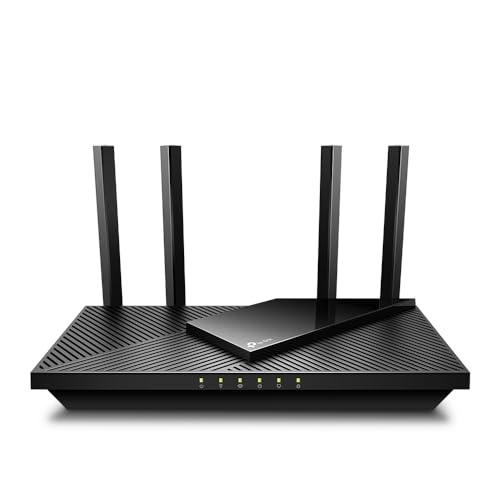

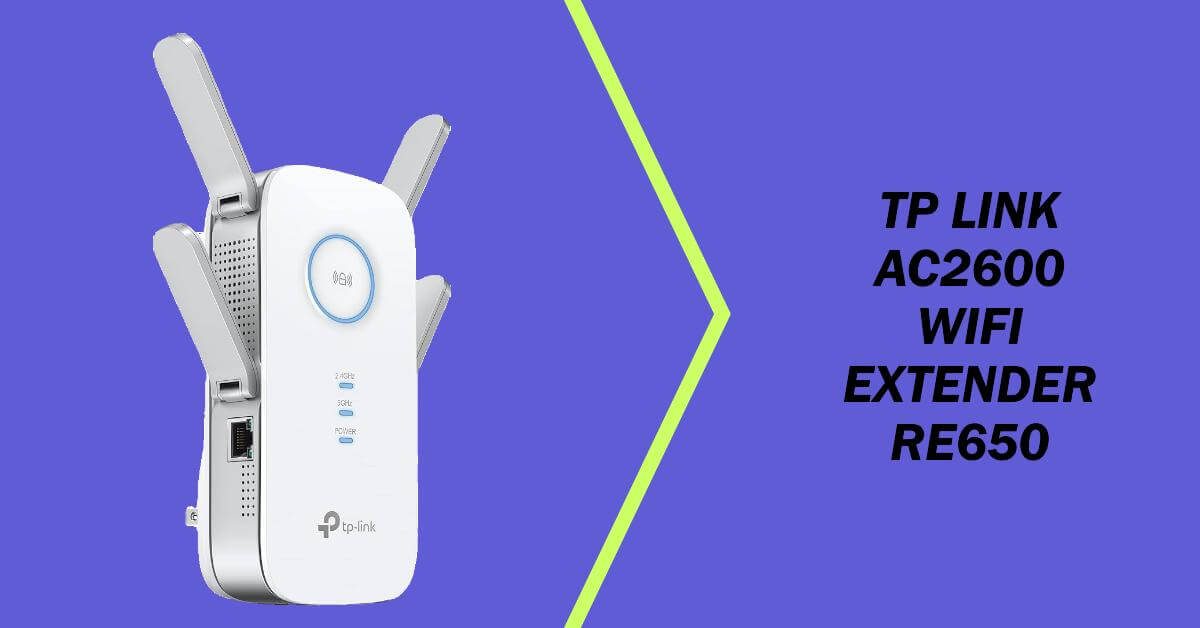

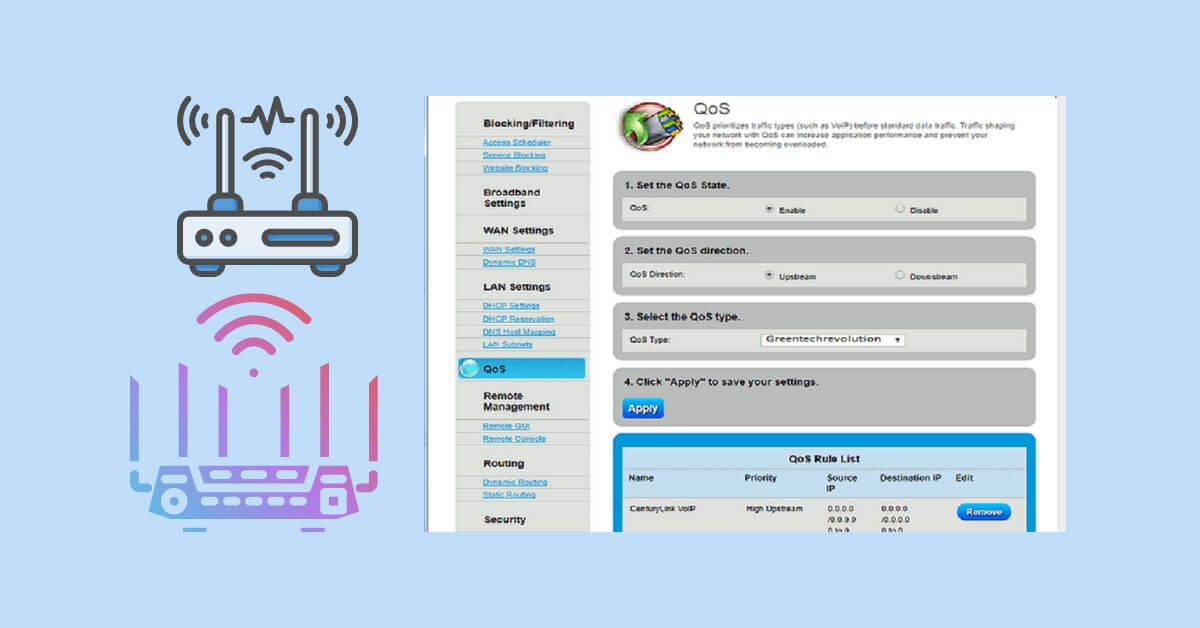
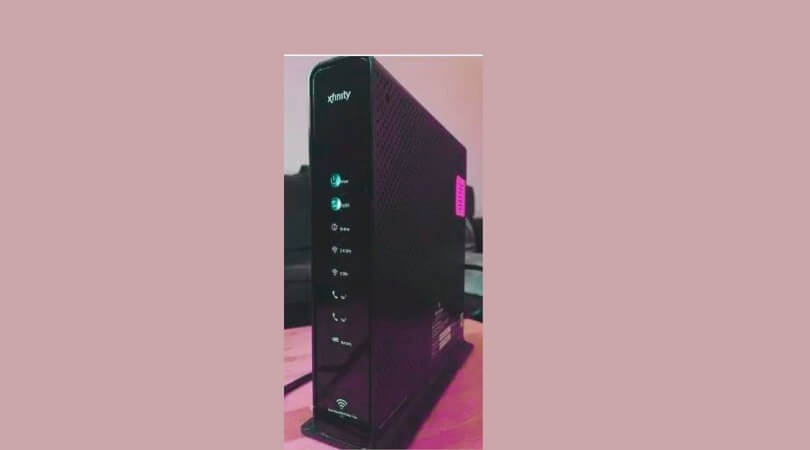

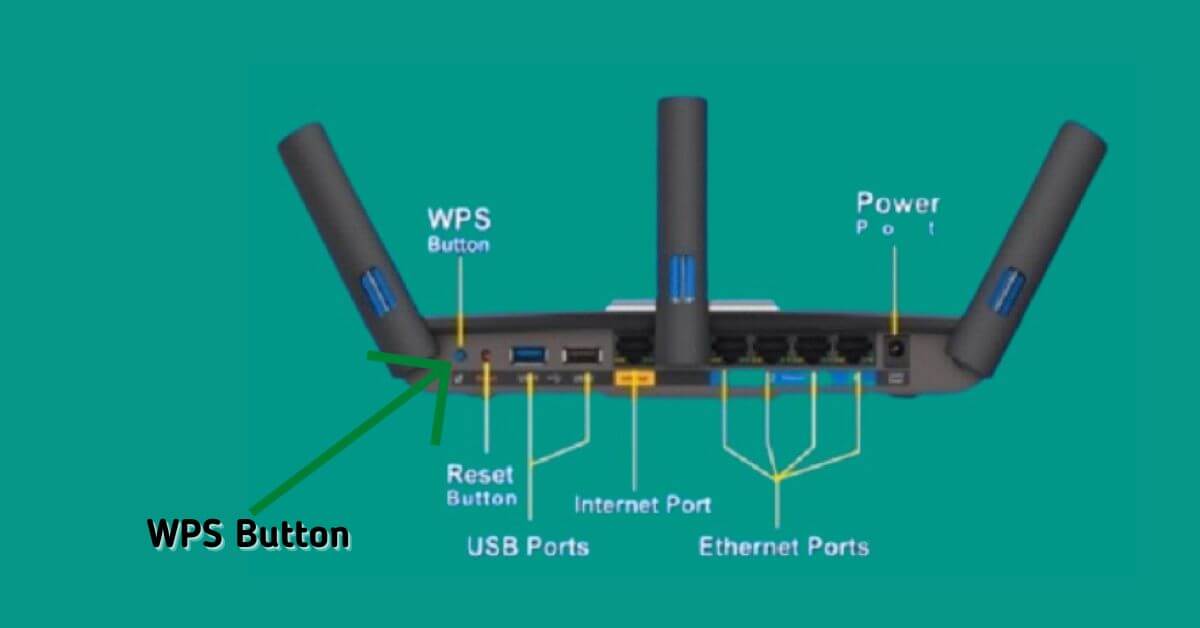
Leave a Reply
You must be logged in to post a comment.